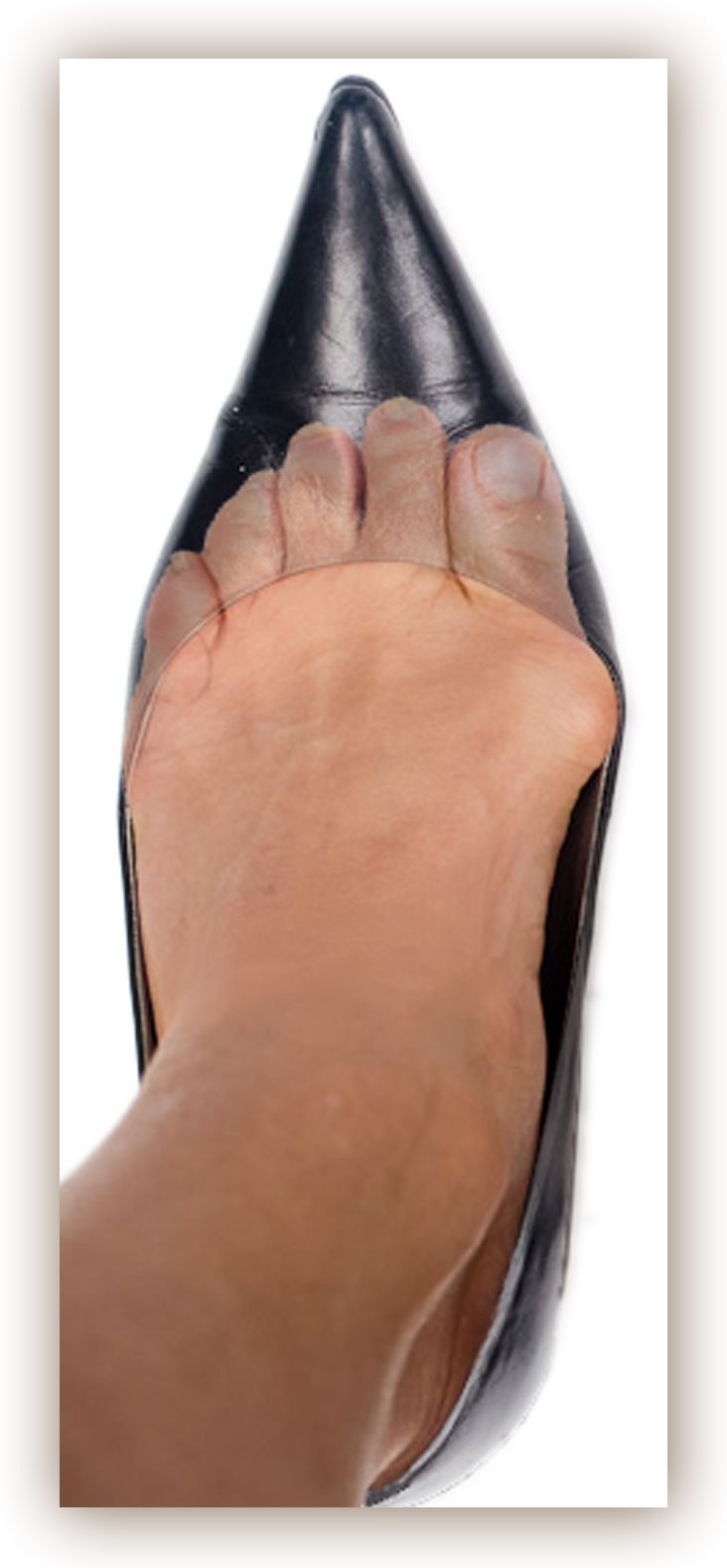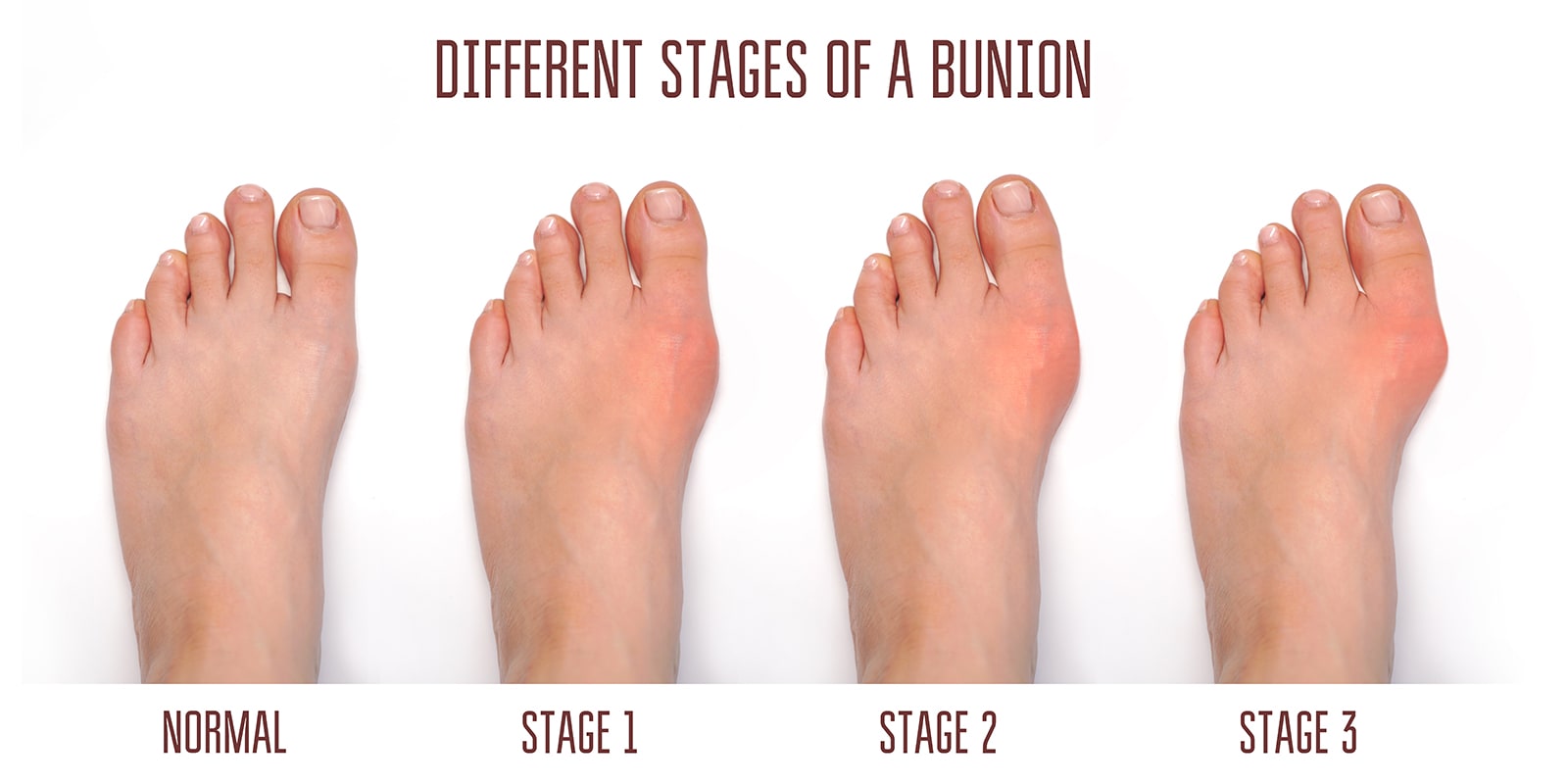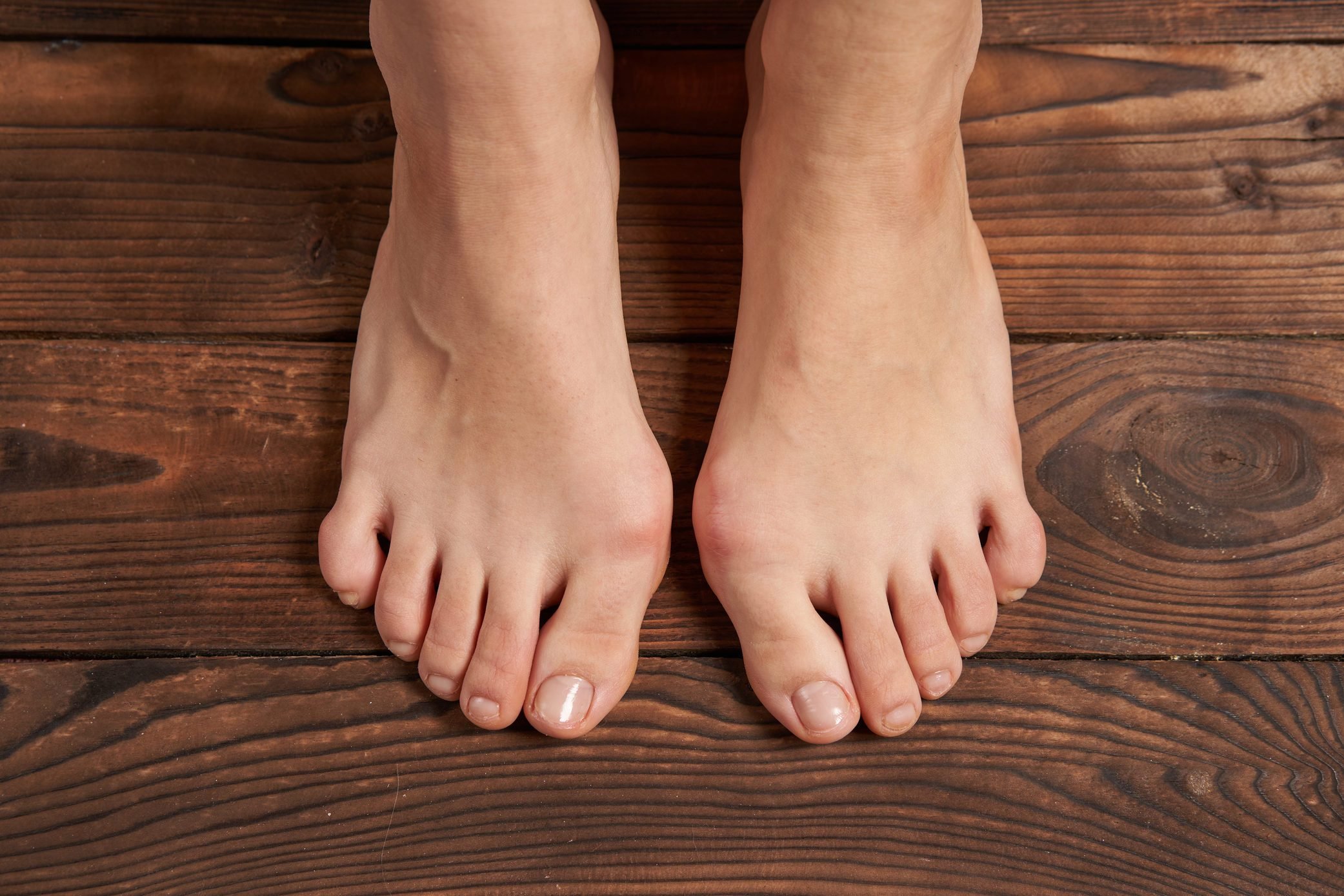Matchless Info About How To Heal Bunions

Learn how to treat bunions at home and determine if you need surgery to remove them (bunionectomy).
How to heal bunions. A shoe orthotic is a support or insert that improves comfort, arch support, and alignment. Pain management strategies bunions—maybe your grandma used to complain of foot pain and mentioned bunions a few times, or perhaps you remember hearing someone talking about bunions in a healthcare provider's office.
Healthcare professionals usually advise nonsurgical treatment for bunions. Your doctor may recommend surgery for a bunion or bunionette if, after a period of time, you have pain and difficulty walking despite changes in footwear and other nonsurgical treatments. Although bunions often require no medical treatment, see your doctor or a doctor who specializes in treating foot disorders (podiatrist or orthopedic foot specialist) if you have:
Things to keep in mind exercises for bunions and pain can help prevent or slow bunion development or progression by reducing pressure on the metatarsophalangeal (mtp) joint and strengthening the toe and foot muscles. Take paracetamol or ibuprofen try to lose weight if you're overweight don’t do not wear high heels or tight, pointy shoes see a gp if: Only surgery can remove a bunion.
Some people are interested in treating their bunions by stretching the feet to realign the toes, or using devices such as toe spacers or bunion splints, dr. Symptoms may include one or more of the following: There are different types of surgeries to correct a bunion.
Bunions are usually easy to spot as the main symptom is a hard lump on the side of your foot, near the big toe. Your shoes shouldn’t be tight, the toe area should be wide, and the heel. Bunions do not go away on their own, so finding a therapy that helps to relieve symptoms is the best way to treat yours.
Soreness and/or a burning sensation over the bunion. Decreased movement of your big toe or foot. Hammertoes or calluses under the ball of the foot.
But in her case, the blood flow just wasn’t that great all the way down at her foot. Health library / diseases & conditions / bunions (hallux valgus) bunions (hallux valgus) bunions happen when something puts extra pressure on your big toe and pushes it out of its natural alignment and toward your other toes. Bunions form along the big toe.
Bringing the big toe back to its correct position may involve realigning bone, ligaments, tendons, and nerves. Prevention of bunions. It's not a subject that's likely to come up in everyday conversation.
If simple treatments do not relieve your painful bunion, your doctor may recommend surgery. You may be a good candidate for bunionectomy, after surgery, most people can resume their activities in six to 12 weeks. Visit a healthcare provider if you notice a bump at the base of your big toe.
If bunion symptoms do occur, they usually develop over time, well after the bump has formed. 15 tips for managing bunions 1. Bunions on your feet?

/GettyImages-184343223-f83484b643e14daeb26dd8a359bd24ea.jpg)







:max_bytes(150000):strip_icc()/bunionfinal-01-5c8fbef846e0fb00016ee105.png)








